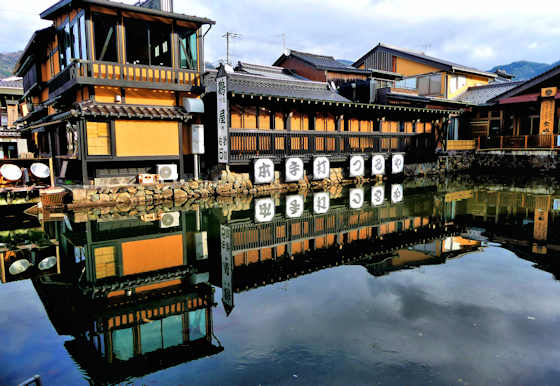Izushi 出石町
Izushi is a small town, now part of Toyooka City, in northern Hyogo that was in earlier times home to a castle/ The ruins of the
castle and some reconstructed turrets can be visited, and enough of the town's original architecture remains for it to be registered as a reservation District;
One of the icons of the town, appearing on the draincovers for instance, is the Shinkoro Clock Tower, built in 1871 on the former stone base of a castle turret/ At first it housed a large drum used to mark time. but in 1881 a Dutch clock was installed. It is said to be the oldest clock tower in Japan.
A lot of the historical district is given over to tourist-related gift shops and eateries, and I previously posted a series of
photos of these shopfronts This time some different views.
There was a really interesting shop, very much Showa nostalgic, with lot of products from the 70's.... more like a museum than a shop....
Away from the main shopping street there was also some nice traditional architecture, like these earthen-walled storehouses connected to the loca lsake brewery.
Izushi is also famous for soba noodles, with a staggering number of soba restaurants for a town its size. Several of the shop windows show the noodle makers plying their trade.


















































